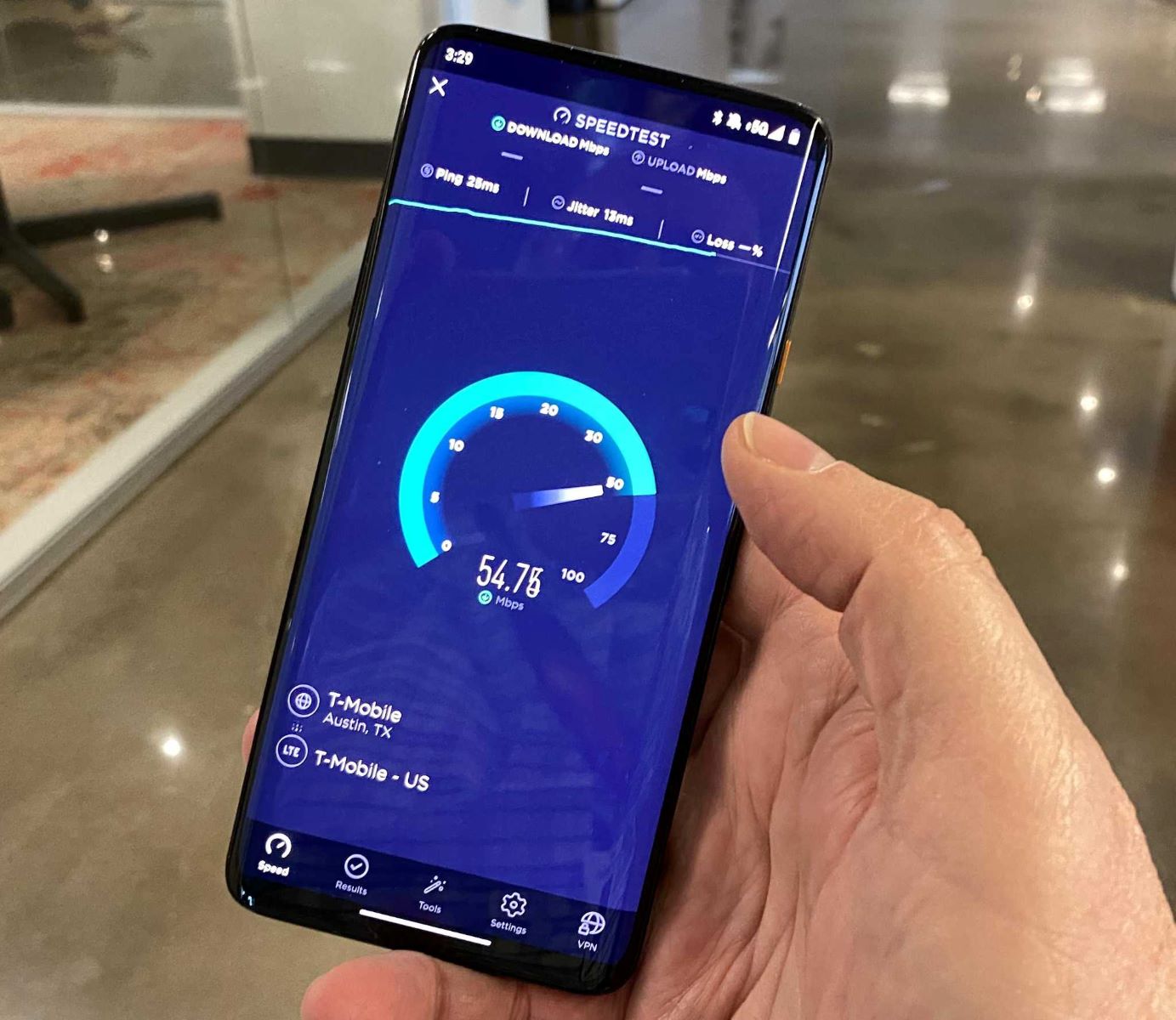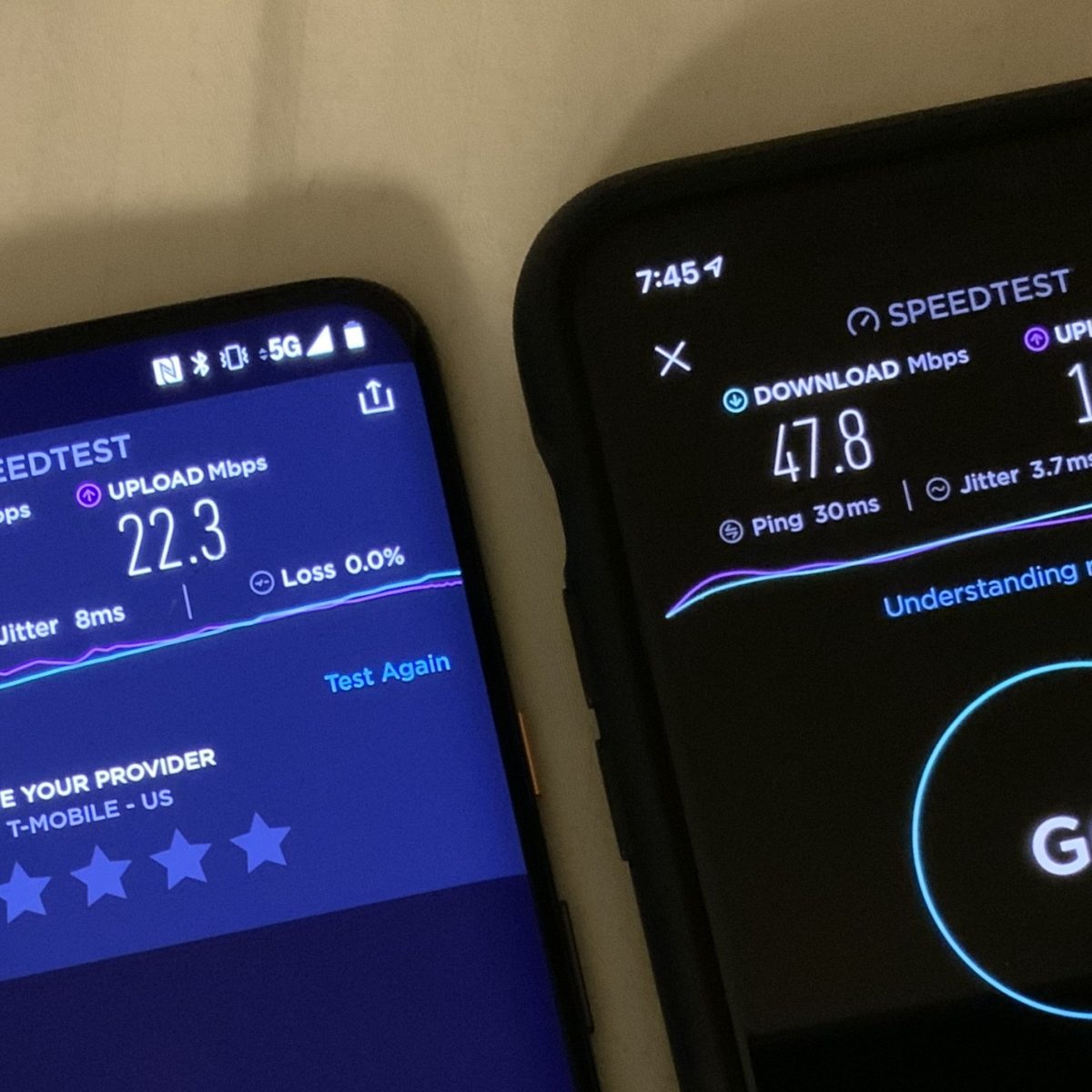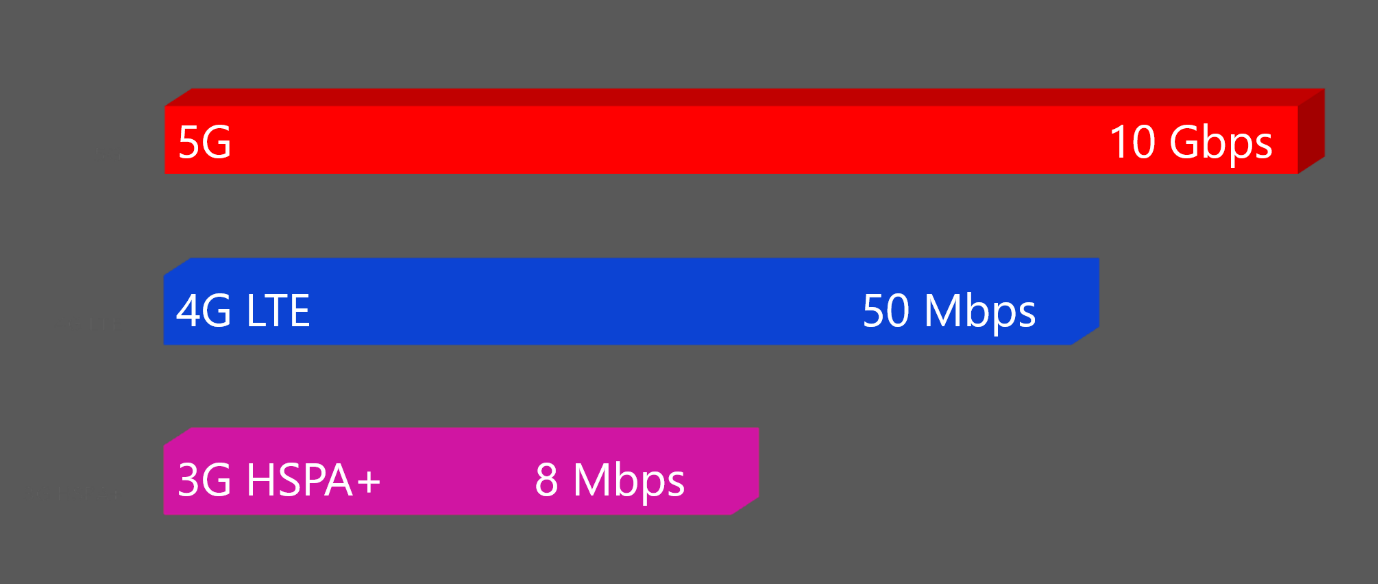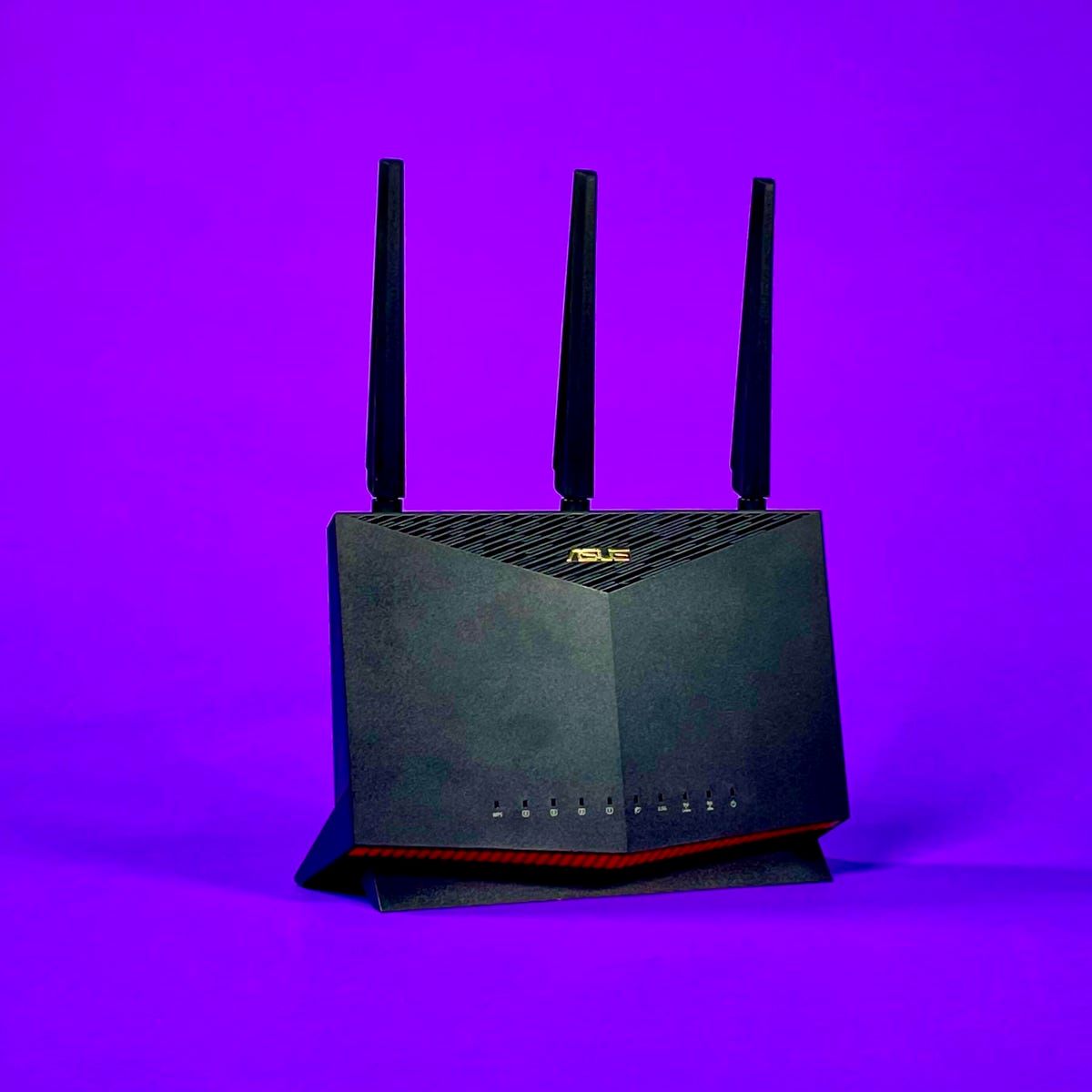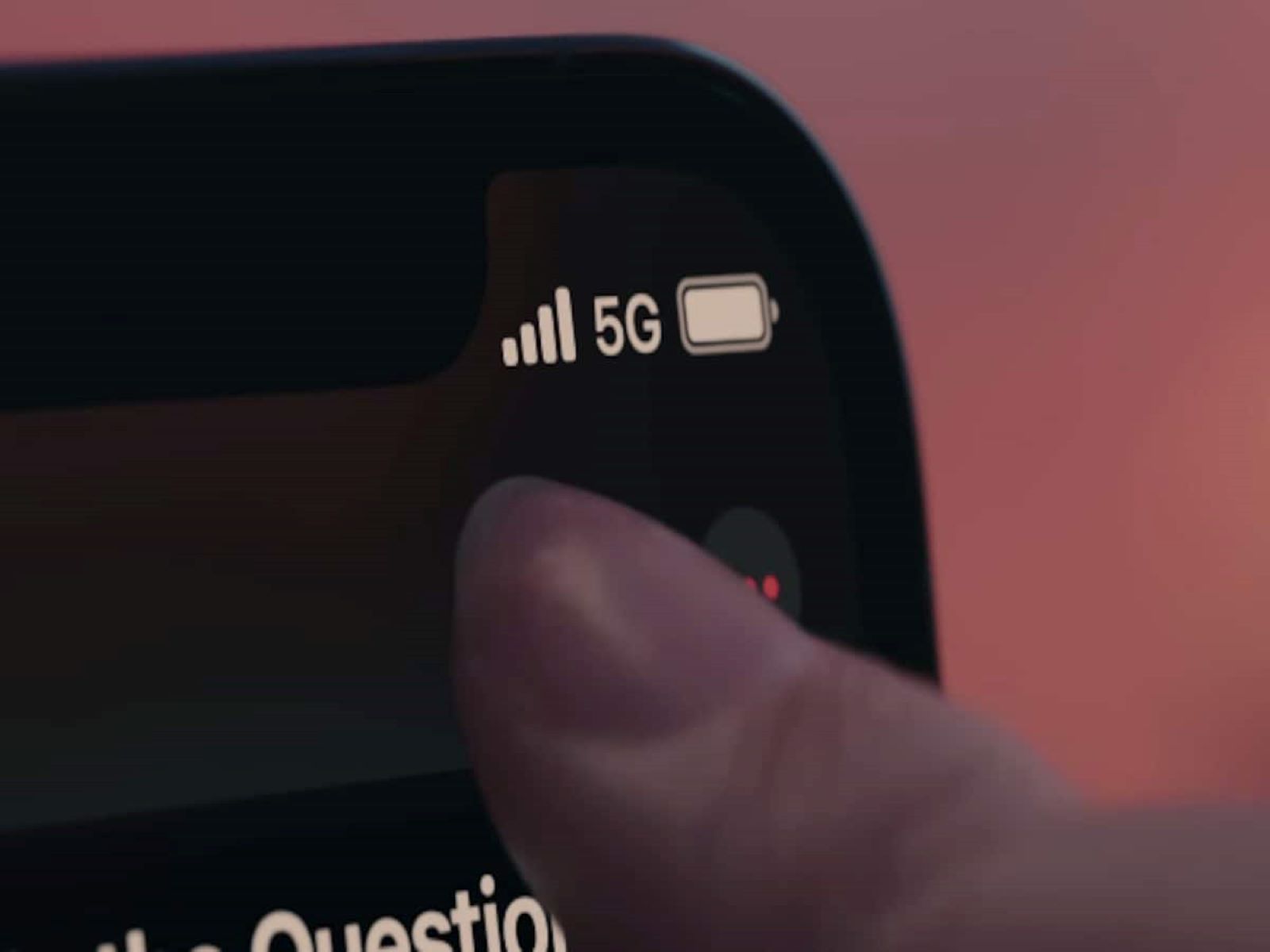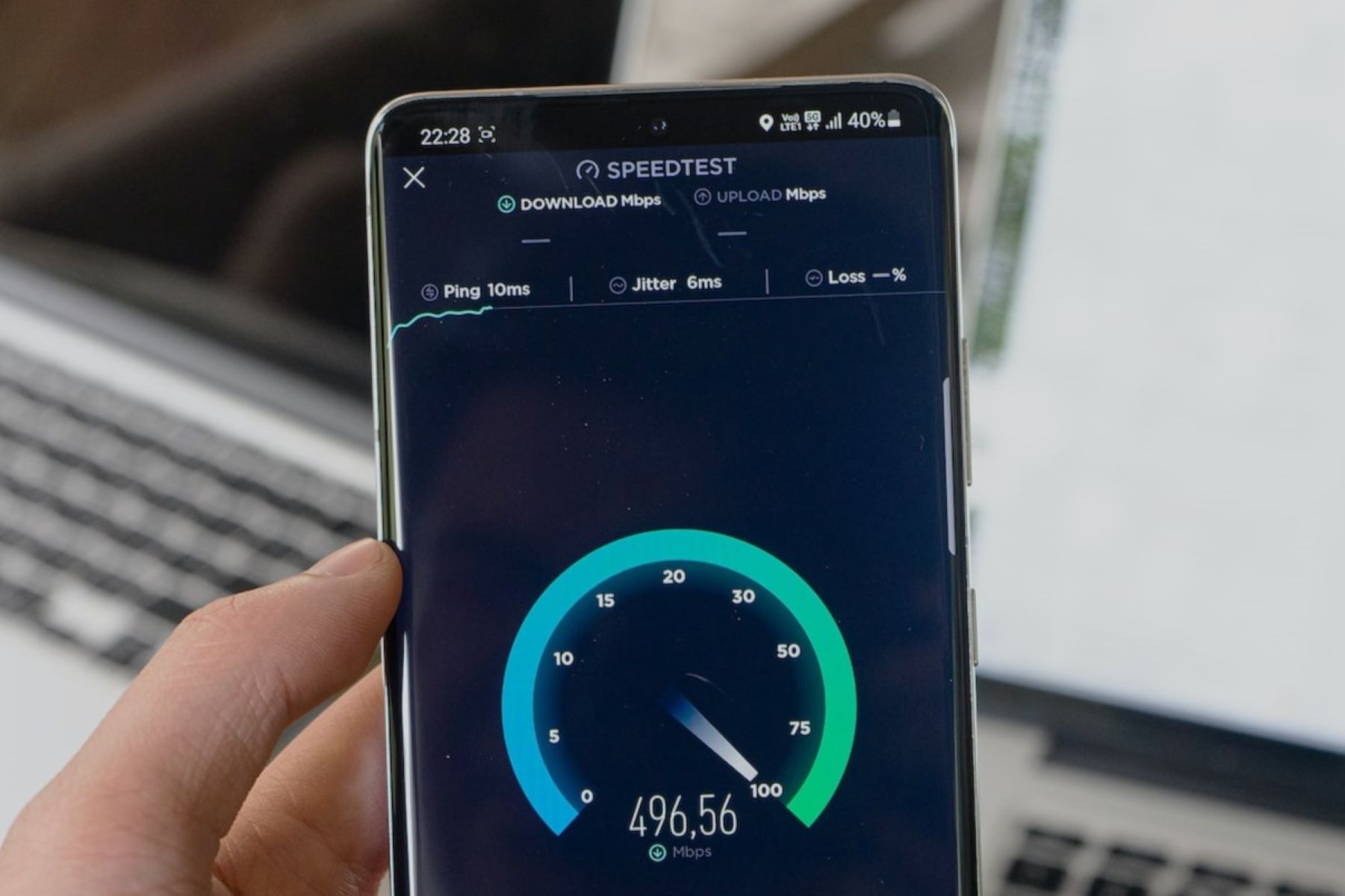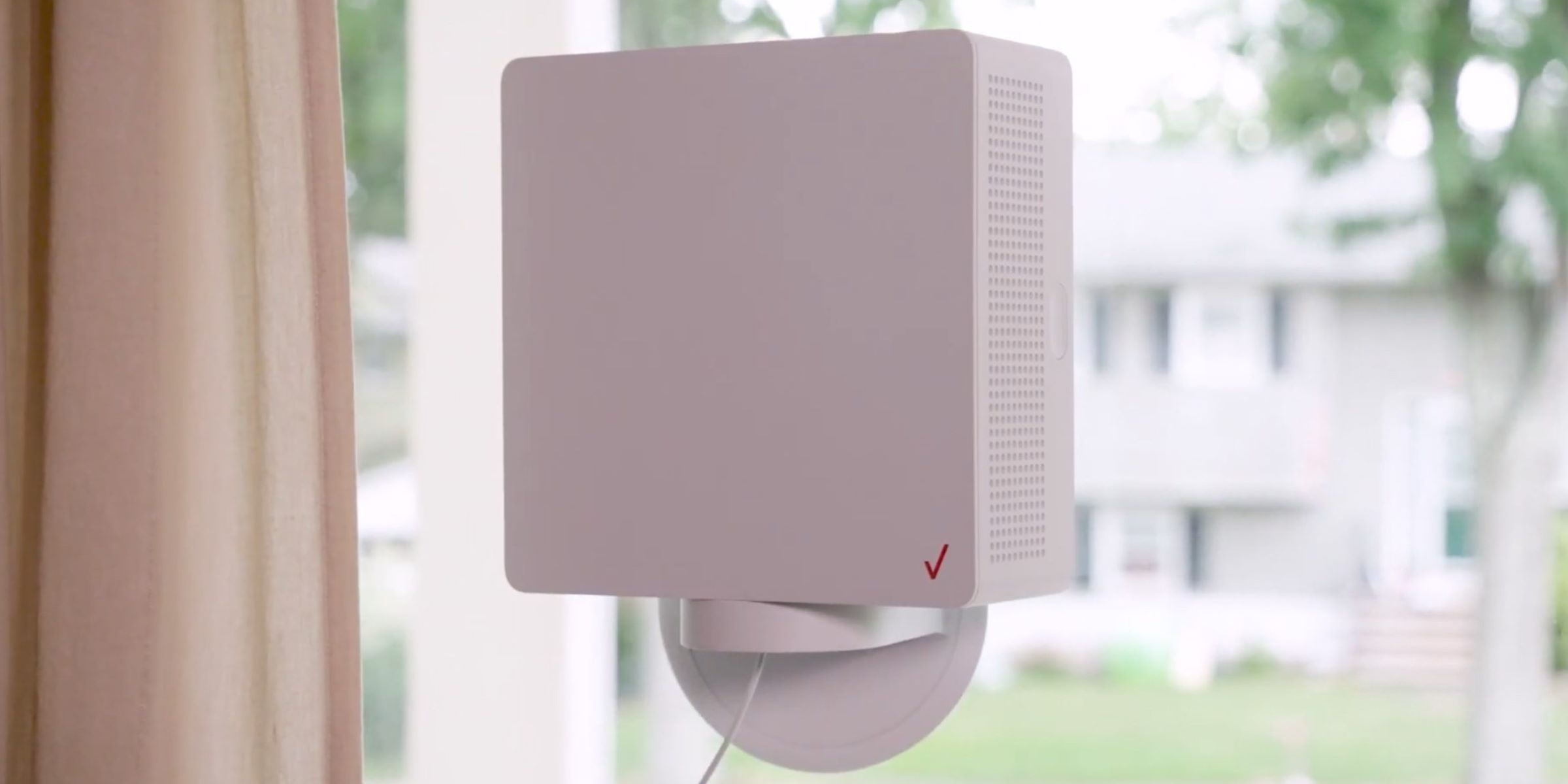Introduction
T-Mobile has been at the forefront of the 5G revolution, promising lightning-fast speeds and unparalleled connectivity for its customers. However, many users have expressed frustration with the perceived slowness of T-Mobile’s 5G network. In this article, we will explore some of the factors that contribute to T-Mobile’s slow 5G speeds and understand why users may not be experiencing the revolutionary speeds they were promised.
Before delving into the specific reasons for T-Mobile’s slower 5G speeds, it is essential to understand that 5G technology is still in its early stages of deployment. While T-Mobile’s 5G network reaches a considerable number of cities and towns, there are several limitations that can affect the overall performance of the network.
One of the primary factors that can impact the speed of T-Mobile’s 5G network is coverage limitations. While T-Mobile has made significant strides in expanding its coverage, the reach of 5G is still not as extensive as its 4G counterpart. As a result, users may find themselves reverting to 4G or even 3G connections in areas where 5G signals are weak or unavailable, thereby experiencing slower speeds than anticipated.
Another factor contributing to T-Mobile’s slower 5G speeds is spectrum limitations. Spectrum refers to the radio frequencies that carry wireless signals, and different frequencies have different characteristics. T-Mobile primarily utilizes a mid-band spectrum (2.5GHz), which offers a balance between coverage and speed. However, this spectrum may not deliver the ultra-fast speeds that high-band frequencies like mmWave can provide. Consequently, users may not experience the expected blazing-fast speeds on T-Mobile’s 5G network.
Network congestion is also a significant factor that can affect the speed of T-Mobile’s 5G network. As more and more people connect to the network, especially in densely populated areas or during peak usage hours, the network can become congested, resulting in slower speeds for all users. While T-Mobile continues to invest in expanding its network infrastructure to alleviate congestion, it remains an ongoing challenge.
Device compatibility also plays a role in the perceived slowness of T-Mobile’s 5G network. Not all devices are created equal when it comes to 5G capabilities. Older devices may not support the latest 5G technologies, leading to slower speeds or even a lack of access to the 5G network altogether. Therefore, users with older devices might not experience the full potential of T-Mobile’s 5G speeds.
Lastly, infrastructure limitations can impact T-Mobile’s 5G network performance. Building a robust 5G infrastructure requires significant investment and time. T-Mobile is continuously upgrading its network equipment and infrastructure, but it can take time for improvements to reach all areas and deliver the promised speeds consistently.
While T-Mobile’s 5G network may not be as fast as expected for some users, it is important to remember that 5G technology is still evolving. T-Mobile is actively working to enhance its network capabilities and improve overall performance. In the next sections, we will explore the individual factors impacting T-Mobile’s 5G speeds in more detail and discuss potential future improvements.
Coverage Limitations
One of the key factors that contribute to the slower 5G speeds experienced by T-Mobile users is coverage limitations. While T-Mobile has made significant strides in expanding its 5G coverage, the network’s reach is not as extensive as its 4G network. As a result, users may find themselves reverting to 4G or even 3G connections in areas where 5G signals are weak or unavailable, leading to slower speeds.
T-Mobile has been aggressively rolling out its 5G network across major cities and towns, but it still has a way to go in terms of achieving the same level of coverage as its 4G network. This limitation arises from several challenges, such as the need for new infrastructure, obtaining necessary permits, and ensuring compatibility with existing equipment.
Additionally, the higher frequency bands used for 5G have shorter wavelengths, making them more prone to interference from physical objects like buildings, trees, and other obstacles. This can result in reduced signal strength and coverage, particularly in urban areas with numerous obstructions. As a result, users may find that their devices quickly switch back to 4G or lower networks in areas where the 5G signal is weak or obstructed, affecting the overall speed and performance of their connection.
Furthermore, T-Mobile’s coverage limitations are also influenced by the type of spectrum it uses. Compared to high-band frequencies like mmWave, which offer incredible speeds but limited coverage, T-Mobile primarily utilizes a mid-band spectrum (2.5GHz) for its 5G network. While this spectrum strikes a balance between coverage and speed, it may not provide the same ultra-fast speeds as higher frequencies. This can lead to slower 5G speeds or the need to switch to a lower frequency network in areas where the mid-band signal is weak or absent.
It’s important for T-Mobile users to understand that 5G coverage is an ongoing effort and the network’s reach will continue to expand over time. T-Mobile is actively working on enhancing and expanding its 5G infrastructure, including deploying additional cell sites and upgrading existing ones to provide broader coverage. As more spectrum becomes available and technology evolves, coverage limitations are expected to decrease, allowing users to experience faster and more reliable 5G speeds across a wider area.
In the next sections, we will explore other factors that contribute to T-Mobile’s slower 5G speeds, including spectrum limitations, network congestion, and device compatibility. Understanding these factors will provide a comprehensive overview of why users may not always experience the blazing-fast speeds they expect from T-Mobile’s 5G network.
Spectrum Limitations
Another significant factor that affects the speed of T-Mobile’s 5G network is spectrum limitations. Spectrum refers to the range of radio frequencies used for wireless communication. Different frequency bands have different characteristics, impacting the coverage, capacity, and speed of a network.
T-Mobile primarily utilizes a mid-band spectrum (2.5GHz) for its 5G network, striking a balance between coverage and speed. While this spectrum enables T-Mobile to provide broader coverage compared to high-frequency bands like mmWave, it may not deliver the same ultra-fast speeds that these higher frequencies are capable of achieving.
The mid-band spectrum used by T-Mobile has a good balance between coverage and capacity. It can penetrate buildings better than higher frequencies, providing more reliable connectivity indoors. However, the trade-off is that the maximum speeds achievable on this spectrum may not reach the same levels as those on the higher-frequency bands.
In contrast, high-frequency bands like mmWave offer remarkable speeds, potentially reaching gigabit speeds. However, these bands have limited coverage and are easily obstructed by physical obstacles such as buildings and foliage. T-Mobile’s focus on the mid-band spectrum allows for better coverage and capacity but sacrifices the maximum achievable speeds.
While T-Mobile’s 5G network on the mid-band spectrum offers substantial capacity and improved speeds compared to 4G, users may not always experience the revolutionary speeds associated with 5G technology. The limitations of the mid-band spectrum can result in slower speeds in areas where the signal is weaker or congested.
T-Mobile is continuously working to enhance its spectrum holdings to overcome these limitations. The company has made strategic acquisitions to obtain more spectrum resources, including the acquisition of the 2.5GHz spectrum from Sprint. With access to this additional spectrum, T-Mobile aims to expand its 5G coverage and improve network speeds.
In the future, T-Mobile plans to leverage a wider range of spectrum bands to maximize the performance of its 5G network. This includes deploying the latest technology standards like Dynamic Spectrum Sharing (DSS), which enables the sharing of spectrum between 4G and 5G networks. By utilizing a diverse range of spectrum bands, T-Mobile aims to offer a balance between coverage and speed, ensuring an optimal user experience across its 5G network.
Understanding the spectrum limitations allows users to manage their expectations regarding the speeds they may experience on T-Mobile’s 5G network. While the mid-band spectrum offers improved performance compared to 4G, it may not always deliver the ultra-fast speeds associated with high-frequency bands. However, T-Mobile’s investments in spectrum resources and technological advancements indicate promising developments for faster and more reliable 5G speeds in the future.
Network Congestion
Network congestion is a significant factor that contributes to the slower 5G speeds experienced by T-Mobile users. As more and more users connect to the network, especially in densely populated areas or during peak usage hours, the network capacity can become strained, leading to reduced speeds for all users.
T-Mobile’s 5G network is designed to handle a substantial amount of data traffic, but there are limits to the amount of data that can be transmitted simultaneously. When the network becomes congested, the available bandwidth is shared among all connected users, resulting in slower speeds for each individual user.
Network congestion can occur due to various factors. For example, in highly populated areas where a large number of people are using the 5G network, such as crowded city centers or event venues, the demand for network resources may exceed the available capacity. Additionally, during peak usage hours when many users are simultaneously accessing data-intensive applications or streaming videos, the network can become overwhelmed, leading to slower speeds.
To mitigate network congestion, T-Mobile continually upgrades and expands its network infrastructure. The company invests in the deployment of additional cell sites, the optimization of existing network equipment, and the implementation of advanced technologies to increase capacity and improve overall network performance.
T-Mobile also utilizes techniques like traffic management and prioritization to ensure a consistent experience for users during times of high demand. By prioritizing certain types of traffic that require real-time responsiveness, such as video calls or online gaming, T-Mobile aims to deliver a satisfactory user experience despite network congestion.
Furthermore, T-Mobile implements policies and technologies to optimize the allocation of network resources and manage traffic flow effectively. These measures help maintain a fair distribution of available bandwidth among users and minimize the impact of heavy data usage on network performance.
However, it is important to note that network congestion is a dynamic and complex issue, and its impact on 5G speeds can vary depending on various factors, including location, time, and the number of active users. While T-Mobile continues to invest in expanding its network capacity to alleviate congestion, occasional slowdowns during periods of high demand may still be experienced.
By actively addressing network congestion and implementing strategies to optimize network resources, T-Mobile aims to provide users with faster and more reliable 5G speeds. As the network infrastructure continues to evolve and the demand for 5G services grows, ongoing improvements in capacity and efficiency are expected.
In the next section, we will explore the role of device compatibility in relation to T-Mobile’s 5G speeds and understand how it can impact the user experience.
Device Compatibility
Device compatibility is a crucial factor that can influence the perceived slowness of T-Mobile’s 5G network. Not all devices are created equal when it comes to 5G capabilities, and older devices may not support the latest technologies required for optimal 5G performance.
When using a device that is not 5G compatible, users may not be able to access T-Mobile’s 5G network or experience slower speeds compared to those using devices specifically designed to support 5G. These older devices may still connect to T-Mobile’s 4G or 3G networks, which offer lower speeds compared to 5G.
It is important for users to ensure that their devices are 5G compatible and capable of accessing T-Mobile’s 5G network. This includes having a compatible chipset, modem, and firmware to support the necessary 5G frequencies and technologies. Older devices that lack these capabilities may not be able to fully maximize the benefits of T-Mobile’s 5G network.
Additionally, device performance can also play a role in the perceived 5G speeds. Older devices may not have the latest processing power and memory capacity to handle the high-speed data transfers associated with 5G. As a result, users may experience slower speeds or performance issues even when connected to T-Mobile’s 5G network.
Furthermore, it is worth noting that not all areas may have access to T-Mobile’s 5G network. While T-Mobile has been actively expanding its 5G coverage, there may still be areas where 5G signals are not available. In such cases, users with compatible devices may only connect to T-Mobile’s 4G or 3G networks, experiencing slower speeds compared to 5G-enabled areas.
As technology evolves and more 5G devices become available in the market, device compatibility is expected to improve. Newer smartphones, tablets, and other devices are designed with advanced 5G capabilities, providing faster and more reliable speeds on T-Mobile’s 5G network.
T-Mobile actively promotes the use of 5G-compatible devices and offers a wide range of options for users to choose from. By upgrading to a 5G-capable device, users can ensure they have access to the latest network technologies and fully leverage the benefits of T-Mobile’s 5G network.
In the next section, we will explore the infrastructure limitations that can contribute to the slower 5G speeds experienced by T-Mobile users and discuss ongoing efforts to address these challenges.
Infrastructure Limitations
Infrastructure limitations are a significant factor that can impact the speed and performance of T-Mobile’s 5G network. Building a robust 5G infrastructure requires substantial investment, time, and coordination with various stakeholders. While T-Mobile has made significant progress in expanding its network infrastructure, there are still limitations that can affect the overall 5G experience for users.
One of the primary infrastructure limitations is the deployment of new cell sites and equipment. To provide comprehensive 5G coverage, T-Mobile needs to install additional cell sites and upgrade existing ones with 5G capabilities. However, this process can be time-consuming and involve obtaining necessary permits, negotiating with property owners, and ensuring compliance with local regulations. These challenges can delay the rollout of 5G infrastructure in certain areas, resulting in slower speeds or limited coverage for users.
Additionally, upgrading the backhaul infrastructure is crucial for delivering reliable and high-speed connections. Backhaul refers to the network infrastructure that connects cell sites to the core network, allowing for the transmission of data. Upgrading the backhaul infrastructure requires installing fiber-optic cables or upgrading existing connections to handle the increased data traffic associated with 5G. In areas where backhaul infrastructure is not yet upgraded, users may experience slower speeds due to limitations in data transmission capacity.
Another infrastructure limitation lies in the deployment of small cells, which are essential for providing localized coverage in densely populated areas. Small cells are compact wireless transmitters that are deployed closer to users, improving signal strength and capacity. However, deploying small cells requires negotiating access agreements, addressing zoning requirements, and ensuring sufficient power and fiber connections. The time and resources required for small cell deployment can pose challenges in densely populated urban areas, potentially resulting in slower 5G speeds in these locations.
Furthermore, the integration and optimization of network equipment are essential for achieving the best 5G performance. T-Mobile continually works on optimizing its network equipment to maximize efficiency and improve overall network performance. However, the process of integrating new equipment into the existing network can be complex and require extensive testing and fine-tuning to ensure seamless operation. During this integration process, users may experience occasional disruptions or performance issues, potentially impacting the perceived 5G speeds.
T-Mobile understands the importance of addressing infrastructure limitations to provide users with faster and more reliable 5G speeds. The company continues to invest in expanding its network infrastructure, upgrading backhaul connections, deploying small cells, and optimizing network equipment. These efforts aim to overcome infrastructure challenges and deliver an enhanced 5G experience for users.
Moreover, ongoing collaborations with local authorities, regulators, and industry partners are crucial for streamlining the process of infrastructure deployment and addressing any barriers faced by T-Mobile. By working together, the industry can accelerate the expansion and optimization of 5G infrastructure to meet the growing demands of users.
In the next section, we will explore the future improvements that T-Mobile is working on to enhance its 5G network speeds and overall performance.
Future Improvements
T-Mobile is committed to continually improving its 5G network speeds and overall performance. With advancements in technology and ongoing infrastructure developments, users can expect future improvements that will enhance their 5G experience.
One area of focus for T-Mobile is the expansion of its coverage. The company aims to further increase the reach of its 5G network, bringing faster speeds to more areas. T-Mobile is actively deploying additional cell sites and upgrading existing ones to provide broader coverage and minimize coverage gaps. By expanding coverage, more users will have access to faster 5G speeds, reducing the instances of users reverting to slower 4G or 3G connections.
Additionally, T-Mobile is continuously investing in acquiring more spectrum resources. The acquisition of the 2.5GHz spectrum from Sprint has significantly boosted T-Mobile’s spectrum holdings, allowing for increased network capacity and potential speed enhancements. By leveraging a diverse range of spectrum bands, including low, mid, and high-frequency bands, T-Mobile aims to offer a more balanced and robust 5G experience to its users.
Technological advancements are also expected to contribute to faster 5G speeds in the future. T-Mobile is actively deploying advanced technologies like Dynamic Spectrum Sharing (DSS), which enables the simultaneous use of 4G and 5G on the same spectrum. DSS allows for a smooth transition and optimization of network resources, maximizing both 4G and 5G capacities. This technology ensures that users can benefit from faster speeds as the network evolves.
Furthermore, the ongoing optimization of network equipment and backend systems will play a critical role in enhancing 5G speeds. T-Mobile is continually evaluating and upgrading its network infrastructure to maximize efficiency and improve overall performance. These optimizations can lead to faster and more reliable 5G speeds, allowing users to enjoy seamless connectivity and enhanced experiences on T-Mobile’s 5G network.
T-Mobile is also actively collaborating with device manufacturers to drive the development of 5G-capable devices. As newer generations of smartphones, tablets, and other devices are released, they are specifically designed to maximize the potential of T-Mobile’s 5G network. Users can look forward to a broader range of devices that are equipped with the latest 5G technologies, providing them with faster and more seamless connectivity on T-Mobile’s 5G network.
With ongoing investments, technological advancements, network optimizations, and collaborations, T-Mobile is dedicated to delivering faster and more reliable 5G speeds to its users. While there may be limitations and challenges at present, these future improvements are expected to address many of the concerns surrounding the perceived slowness of T-Mobile’s 5G network.
In the next section, we will summarize the key points discussed and reiterate the factors that contribute to T-Mobile’s slower 5G speeds, while highlighting the company’s efforts to address these challenges.
Conclusion
In conclusion, there are several factors that contribute to the slower 5G speeds experienced by T-Mobile users. Coverage limitations, spectrum limitations, network congestion, device compatibility, and infrastructure limitations all play a role in impacting the overall speed and performance of T-Mobile’s 5G network.
T-Mobile has been actively expanding its 5G coverage, investing in acquiring more spectrum resources, and deploying advanced technologies like Dynamic Spectrum Sharing (DSS) to optimize network capacity. The company is also continuously upgrading its network infrastructure and collaborating with device manufacturers to drive the development of 5G-capable devices.
However, it is important to note that 5G technology is still in its early stages, and improvements will continue to be made over time. Users may not always experience the revolutionary speeds associated with 5G due to factors like coverage limitations, spectrum restrictions, and network congestion. Additionally, device compatibility and infrastructure limitations can also impact the perceived 5G speeds.
Despite these challenges, T-Mobile is committed to enhancing its 5G network speeds and overall performance. With ongoing investments, technological advancements, network optimizations, and collaborations, the future holds promise for faster and more reliable 5G speeds on T-Mobile’s network.
As the deployment of 5G technology continues to evolve, users can look forward to expanded coverage, improved spectrum utilization, reduced network congestion, enhanced device compatibility, and optimized network infrastructure. These future improvements will provide users with the faster and more seamless connectivity they expect from T-Mobile’s 5G network.
By understanding these factors and T-Mobile’s ongoing efforts, users can manage their expectations and make informed decisions about their 5G experience. As 5G technology continues to mature, T-Mobile remains at the forefront of delivering faster and more reliable 5G speeds for its customers.







